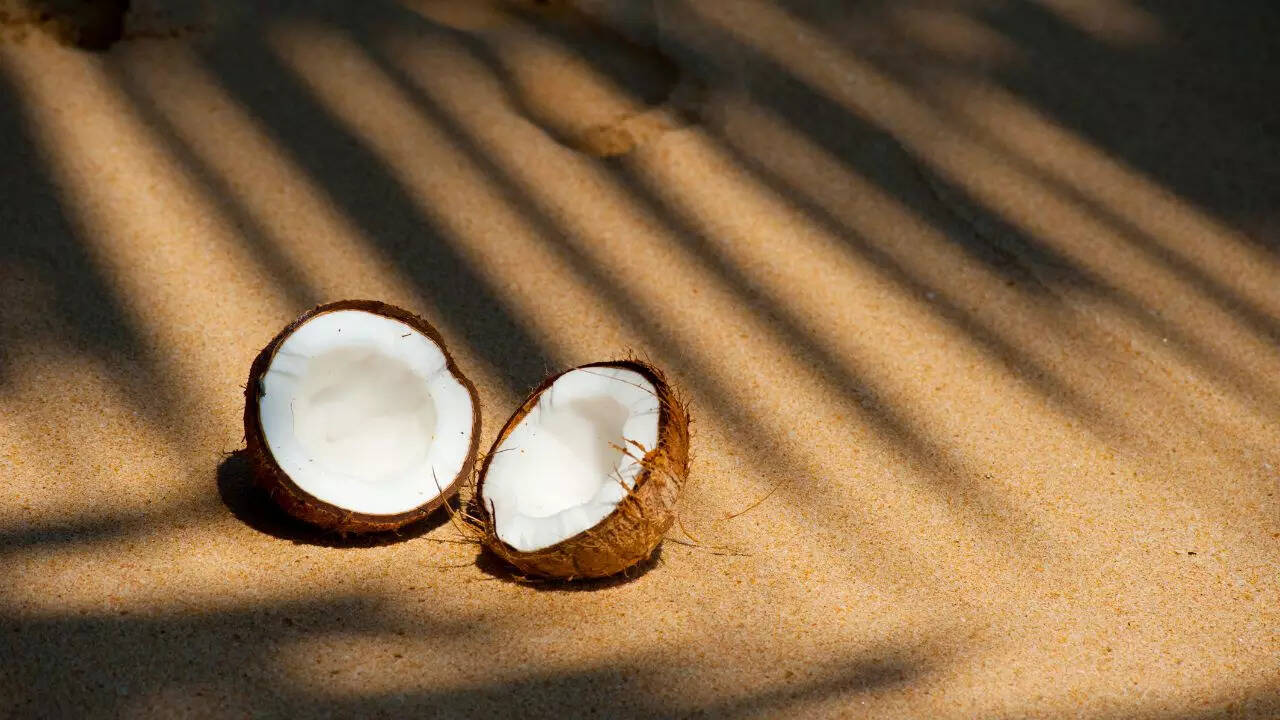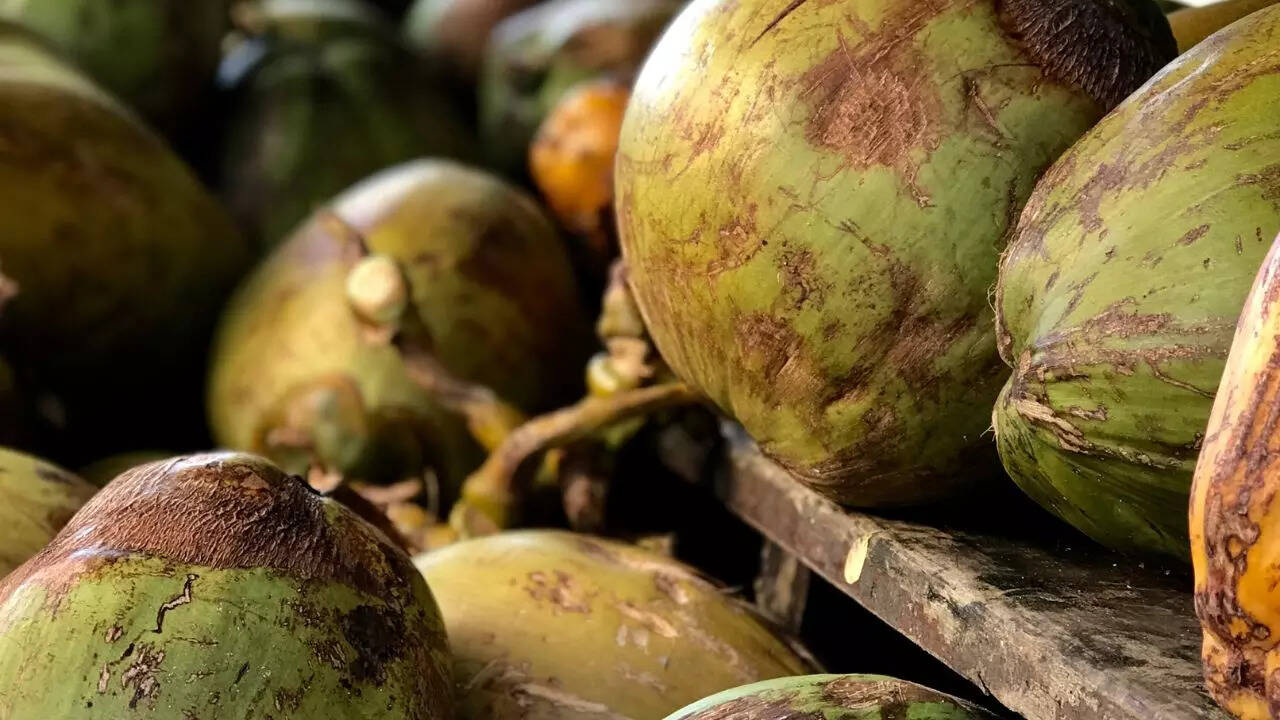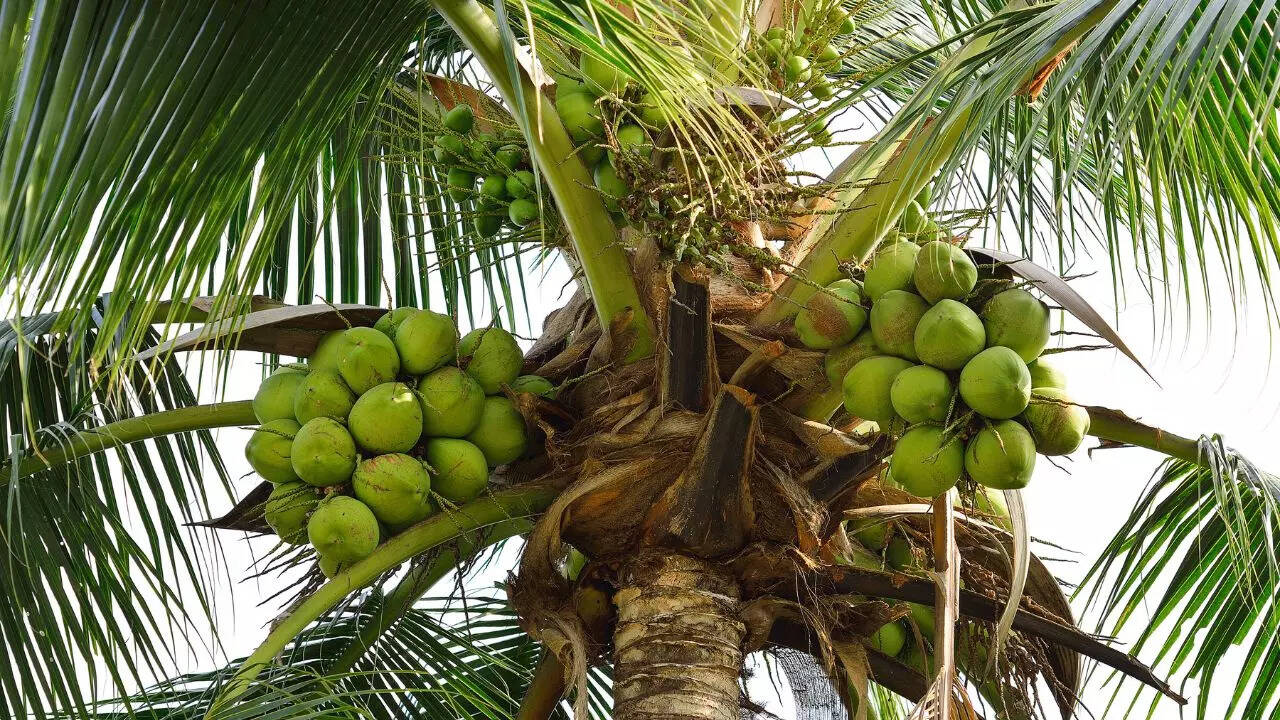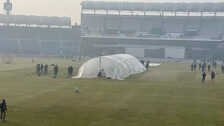Contents
Why is coconut banned in flights?How to carry coconut on flight?latest newsEmergency: Is Kangana Ranaut’s film getting banned in Punjab? Gurdwara Committee accused the film of defaming Sikhs.How cold will DC be on Trump’s Inauguration Day? Forecasters warn of wintry conditionsExplained! Why is Pakistan vs West Indies Test delayed despite no rain in Multan?10 quick lessons to start and finish in one dayTVS Apache RTX made its debut at Auto Expo 2025Pawan Kalyan renders heart-touching lines in Telangana dialect in the folk song ‘Mata Vinali’ from ‘Hari Hara Veera Mallu’IRS launches Free File service: eligibility, states covered, deadlines, refund process and moreKerala Lottery Result Today: Nirmal NR-415 Winner for January 17, 2025, First Prize Rs 70 Lakh
Why is coconut banned in flights?
Sure, banning coconuts on flights may seem strange, but airlines have a solid case for it

Why is coconut banned in flights?
If you’ve ever packed for a flight and wondered if you could bring a coconut as a gift or souvenir, you might be surprised to learn that coconuts are often banned from being taken on planes. While this may seem like a strange travel restriction, there are solid security and regulatory reasons behind it. Here’s everything you need to know about why coconuts and air travel don’t mix.
Coconuts, especially desiccated coconuts, contain coconut oil and fiber which are highly flammable in some conditions. The combination of low cabin pressure and varying temperatures in the cargo hold can create a potential fire hazard. Airlines are strict about carrying flammable items, even natural items, to ensure the safety of passengers.

A whole coconut with a hard shell may appear as a suspicious object when scanned during security checks. Its dense, opaque structure can obscure what’s inside, causing alarms on X-ray machines. Security personnel may flag it for additional inspection, which may cause delays.
Additionally, many countries have strict laws regarding the transportation of agricultural products, including coconuts. These rules are designed to prevent the spread of pests, diseases, or invasive species. For example, coconuts may contain mold, fungus or insects that may harm the ecosystem in the destination country.
According to the Dangerous Goods Register of the International Air Transport Association (IATA), coconuts fall under Class 4 cargo risk. Dried coconut is classified as a “flammable solid subject to spontaneous combustion” and may “release flammable gases when in contact with water.” Additionally, copra dust is highly flammable and can ignite from a single spark, while the decomposition of the fruit’s fat itself can pose a risk of overheating. Despite these dangers, retail-packed coconut products are permitted for air travel.

How to carry coconut on flight?
Although it’s best to avoid it altogether, there are some ways you can do so. For example, SpiceJet Airlines writes on its website, “Coconuts cut into small pieces are permitted in check-in baggage only. Dried coconut or copra is not permitted in cabin or check-in baggage.”
Travel News Get the latest news live on Times Now with breaking news and top headlines from around the world.
latest news
end of article










